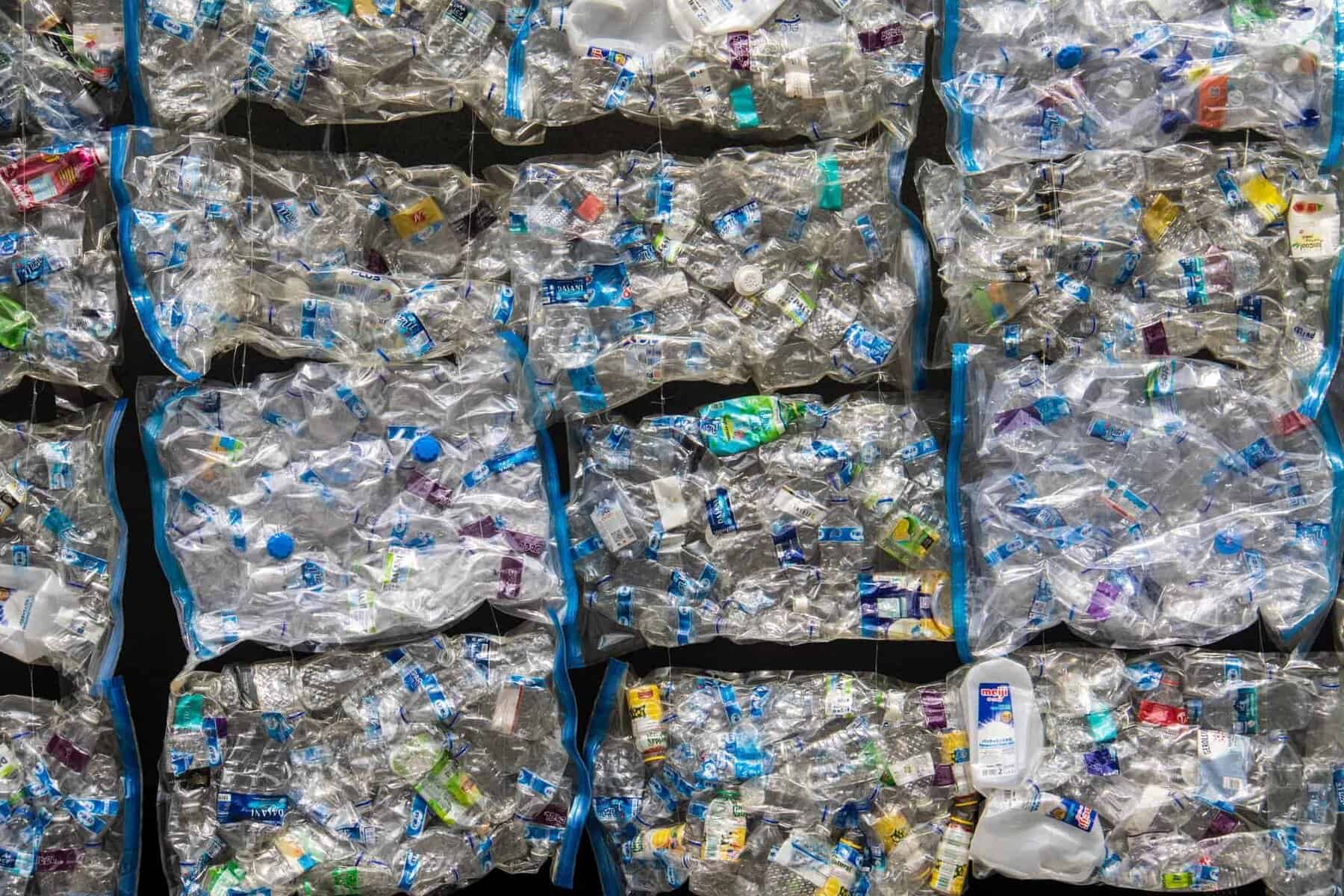The sustainable packaging revolution
A high proportion of consumers are aware of the environmental impact of packaging waste and want to see change; companies are also facing significant pressure from the government, as shown by the recent introduction of the Plastic Packaging Tax. One of the main issues with packaging is that vast amounts cannot be recycled via current recycling systems. With this in mind the packaging world is undergoing a paradigm shift and the UK is becoming a world leader in the sustainable packaging revolution.
Packaging waste: producer responsibilities
If your business produces or uses packaging, or sells packaged goods (i.e. manufacturers, packers, fillers and retailers), you will be aware of the UK Packaging (Essential Requirements) Regulations 2015 which are concerned with minimising the environmental impact of packaging and packaging waste. It is your responsibility to:
– Decrease the amount of packaging you generate
– Reduce how much of your company’s packaging waste goes to landfill
– Increase the proportion of your company’s packaging waste that is recycled
How is packaging defined?
The Packaging (Essential Requirements) Regulations 2015 define packaging as “all products made of any materials of any nature to be used for the containment, protection, handling, delivery and presentation of goods”. Packaging includes raw materials right through to finished products, at any stage of a product’s journey. Its main purpose is to protect goods and ensure they are delivered safely and in pristine condition to the end user. Packaging categories include:
– Primary (‘sales’) packaging is present when the item is sold, for example a shampoo bottle or clothes hanger
– Secondary (‘grouping’) packaging holds together individual items, for example the plastic rings around a six-pack of beer. Secondary packaging is often present at the point of purchase; however, removal will not change the qualities or attributes of the product
– Tertiary (‘transport’) packaging facilitates the transport of several items and tends to be protective in nature, for example pallets, polystyrene beads, shrink wrap or bubble wrap.

Future proofing your packaging
– Keep abreast of current and forthcoming guidelines and regulations
– Challenge the existing design of packaging – could existing components be omitted or reduced?
– Be aware of alternative options
– Challenge perceptions that all packaging or plastic is ‘bad’
Sustainability issues with plastic shrinkwrap
Although shrink wrap revolutionised the packaging industry when it was introduced, there are sustainability issues with non-recyclable plastic shrinkwrap. When plastic shrink wrap ends up in landfill or is incinerated, it releases a highly toxic chemical (dioxin) which damages the environment. If shrink wrap ends up in the ocean, it is harmful to marine wildlife, either in terms of physical suffocation or ingestion.
Sustainability issues with cardboard packaging
Although cardboard is widely perceived as a ‘green’ packaging option, it is not without its own sustainability issues. Manufacture of cardboard is water intensive, generates emissions and can encourage deforestation if not sustainably sourced. Cardboard is also heavier to transport resulting in a larger carbon footprint due to higher fuel emissions and is difficult to recycled if contaminated (for instance with food waste). Furthermore, it is unsuitable as packaging for some items as it is not weatherproof and prone to damage.
How shrinkwrap is becoming a greener option
Shrinkwrap films are now available that are compostable and recyclable. Kempner can supply a range of Polyolefin shrink films which fully biodegrade within 3 years from the date of manufacture. Our biodegradable films can contain 20% naturally raw materials (typically sugar cane) and are fully compliant with EC legislation and ASTM standards in relation to degradability, biodegradability, and ecotoxicity.
An alternative mindset is to take advantage of technology to minimise any adverse effects on the environment. We believe that a responsible approach is to minimise the thickness of the shrinkwrap film, minimising resource uptake in the first place. Kempner’s range of shrink wrap films made from materials that are both stronger and thinner than conventional materials. We also endeavour to raise consumer awareness and provide guidance about optimal disposal routes for our packaging.
Issues surrounding food waste and how shrinkwrap packaging can help reduce food waste
The UK produces ~9.5 million tonnes of food waste annually, most of which ends up in landfill. Although food waste degrades naturally over time, it is not environmentally ideal as it releases substantial amounts of methane gas as it breaks down, trapping heat in the atmosphere. Shrink wrap plays a very important role in reducing food waste as it prevents oxygen from reaching the product, reducing the decomposition rate and increasing its shelf life.
Kempner are here to help
Kempner offer a range of relatively eco-friendly shrinkwrap films that are:
– Recyclable, compostable and/or biodegradable
– Made using renewable materials such as sugar cane
– Effective when used in lower volumes than conventional plastic films
If you would like more information about how to future proof your packaging or deal with sustainability and waste, please don’t hesitate to contact us. We enjoy working with our customers to help them select environmentally friendly packaging options that best suit their individual requirements.


